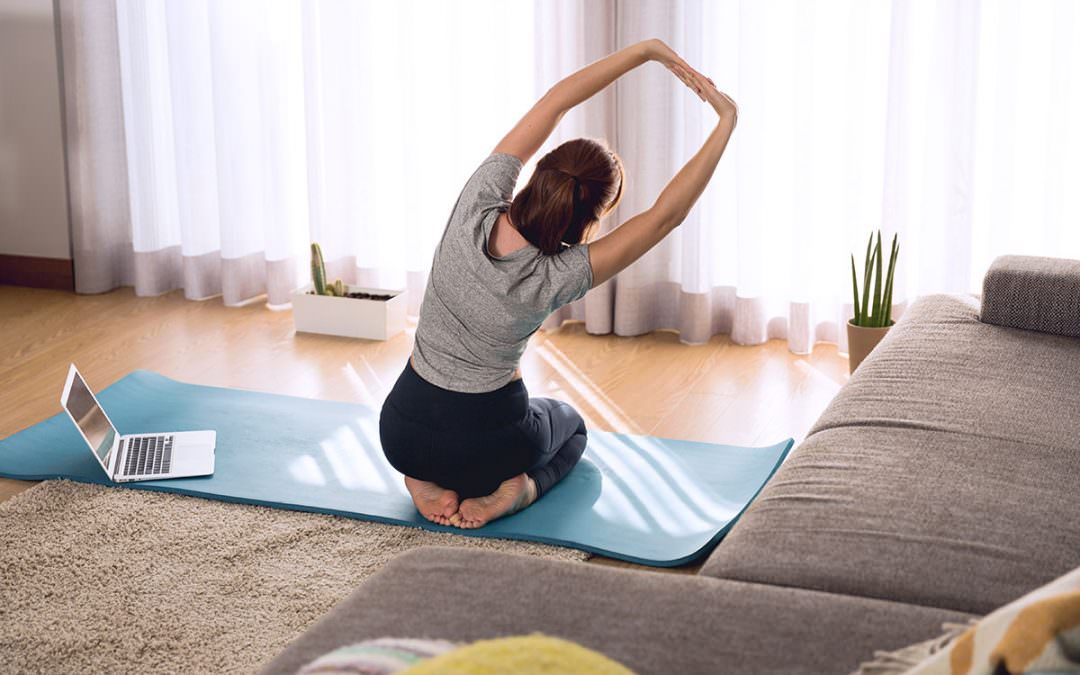Many of our daily routines have been upended by COVID-19 and the attempts we’ve all made to abide by phrases that weren’t so familiar at the start of 2020: social distancing, sheltering-in-place, and flattening the curve.
And, as we “self-isolate” at home, we’ve often been forced to greatly alter old routines related to nearly all aspects of our lives: work, childcare, education, health and exercise.
Such drastic changes in routine can be daunting, says Brooklyn physical therapist Dr. Gregory Marcolin, until new personal habits have been created and adopted. This takes time and a concerted effort, however.
“Working from home, schooling children, maintaining a household, and finding some quality ‘me’ time for exercise and relaxation … it all adds up and can lead to a lot of anxiety,” said Marcolin, clinical director of OceanView Rehabilitation in Brooklyn. “This is a new normal for a lot of people, and probably the worst thing they can do is expect to get it right all at once.”
As a physical therapist, Marcolin regularly works to help people create new and/or improved habits related to movement, exercise, injury prevention, pain management and rehabilitation.
Tapping into this experience, Marcolin offers the following tips for people looking to create new habits and routines in order to better adapt to their “new normals.”
Start Small
Permanent change occurs via a series of small achievements. So, don’t expect, or even try, to accomplish everything at once.
“Choose an aspect of your life – say, establishing a home workout routine – and set a single, realistic goal,” Marcolin said. “Don’t shoot for the stars, but instead set a small goal you know you can achieve – say, holding a 30-second plank twice throughout the day.”
Build on Your Accomplishments
Once you start to consistently achieve your initial goal, vow to slowly build on that success. Hold each plank for 1 percent longer each time, for example, or add a second, third and eventually fourth exercise to your routine. Again, do so in steps – not all at once.
Measure & Track Success
Write down your long- and short-term goals, then track your progress. Write them in a journal or simply keep a log on your smartphone. Include your accomplishments and ways you plan to build on this success.
Anticipate Challenges
We can’t foresee all hiccups that may crop up as you look to establish new routines. So, expect challenges and small failures at times. But, resolve to keep pushing. Build and learn from failures, and resolve to never allow a failure (i.e., missed exercises) to happen more than once.
Be Patient
It’s different for everyone, but on average it takes about two months of consistent effort for a new habit to fully take hold. Whether it’s keeping up with your home workout routine or simply looking to improve at-home work productivity, stick with it and be patient. And, once the routine begins to feel “normal,” move onto the next thing.
“In physical therapy, we talk about setting SMART goals – goals that are specific, measurable, attainable, relevant and time-based,” Marcolin said. “This applies to achieving health and fitness goals, and it can help create new habits and routines in other aspects of your day. It takes commitment, but the payoff can be an improved, more healthful and stress-free life.”


Recent Comments